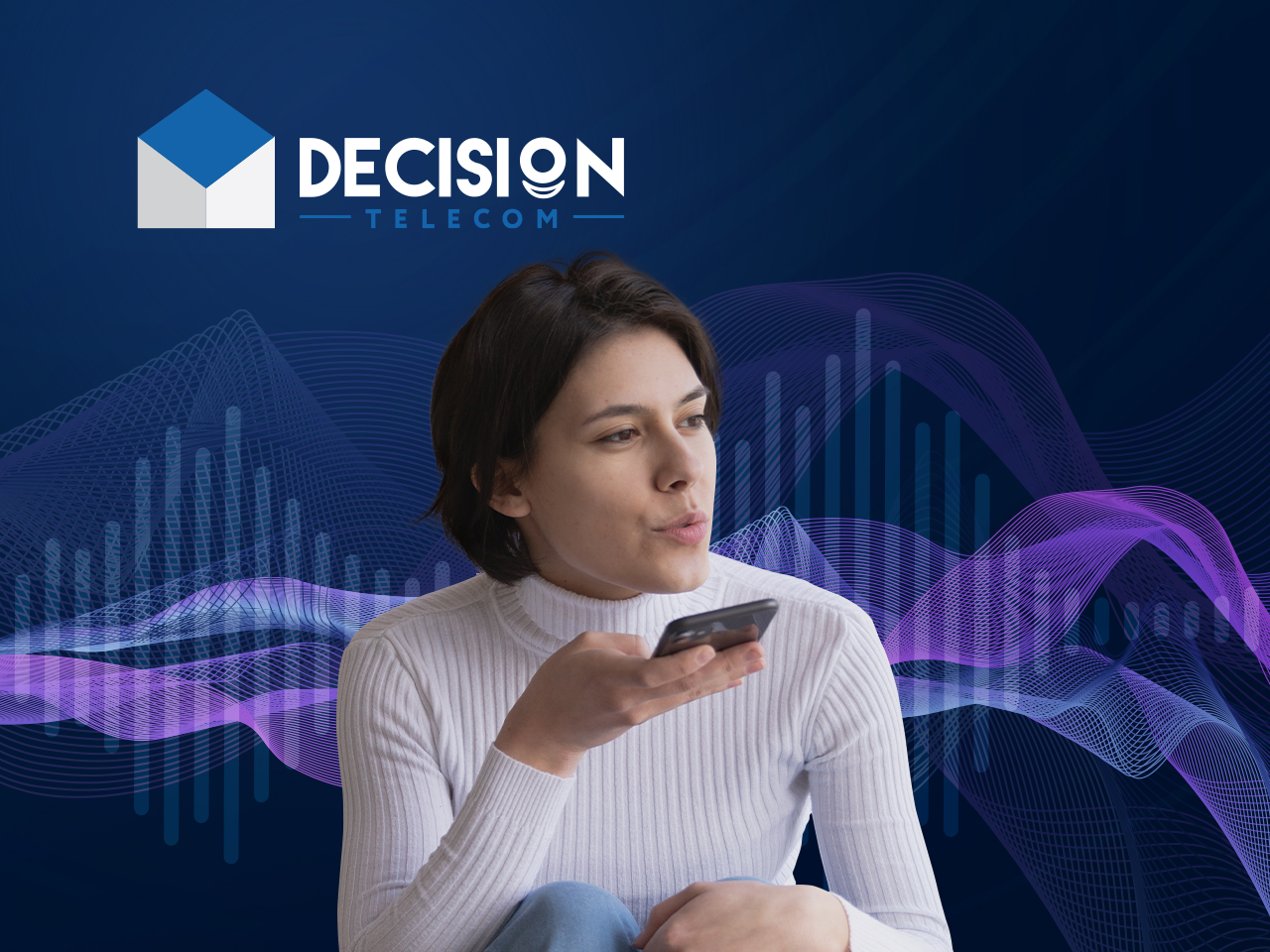
The main thing about voice biometrics (part II): to whom and how to use
We are glad to welcome you to the Decision Telecom blog! We continue to talk about voice biometrics and the features of the introduction of new technology for personality recognition. Before you start reading, we suggest that you read the first part of this article.
In it, we figured out what biometric voice recognition is and what is the principle of its work. Today we will consider the advantages of voice verification and its scope.
Voice biometrics - the most effective method of data protection?
With the development of neural networks and the increasing need for users to protect personal data on the Internet, voice biometrics has gained the same popularity as face recognition and fingerprint scanning. The biometric voice recognition market is expected to grow from 4% in 2022 to 22.8% by 2026. By industry standards, this is a significant breakthrough in such a short period for a relatively new technology.
Although the widespread use of this method of user identification is quite understandable. It is due to these advantages of voice biometrics:
- low operating costs;
- precision and reliability;
- absence of a special passphrase;
- shortened live-agent-talk-time;
- no need for active authentication.
Voice biometrics is used to perform two basic checks: identification and authentication. That is, determining and confirming the identity of the user.
Where to use voice authentication
According to statistics, banks and other financial institutions are the most desirable targets for online criminals. At the same time, unfortunately, due to the large number of cyber attacks, these objects are the most vulnerable.
Therefore, it is natural that one of the first areas in which voice biometrics began to be actively used was banking. For example, in Ukraine, one of the first to launch voice identification was PrivatBank.
However, the technology and methods of identification by voice are used in a number of other areas whose activities are related to the processing of user requests by telephone. Voice biometrics can be used in:
- Contact centers. To speed up customer service (both on the part of the consumer and on the part of the service provider) and free up the time of operators.
- Large corporations with a large staff as a secure alternative to badge systems.
- Government agencies, law firms, insurance companies - to create voice signatures.
Please note: voice verification can be used both independently and as an auxiliary tool along with other biometric technologies (first of all, fingerprint identification).

